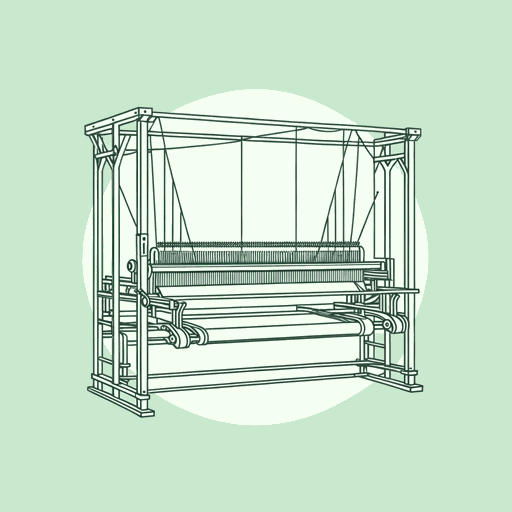109 pages • 3 hours read
Katherine PatersonLyddie
Fiction | Novel | Middle Grade | Published in 1991A modern alternative to SparkNotes and CliffsNotes, SuperSummary offers high-quality Study Guides with detailed chapter summaries and analysis of major themes, characters, and more. For select classroom titles, we also provide Teaching Guides with discussion and quiz questions to prompt student engagement.
Themes
Children’s Role in the Family
Lyddie has been forced to assume a level of responsibility uncommon to children even in her own historical period. While children of the 19th century frequently did have more household responsibilities and obligations to function as caregivers for their family members than their 21st-century counterparts, Lyddie is responsible for an exceptionally demanding set of expectations because of her father’s departure and her mother’s incapacitation.
Child labor was prevalent in both domestic and industrial contexts in the mid-19th century. Children were viewed as an extension of and as the property of their parents. It was common for children, especially in rural areas, to work and live outside the home when they reached a certain age and to devote their earnings to the common family good. In Lyddie’s case, she singlehandedly takes responsibility for becoming the head of household with her father gone and her mother a nonparticipator.
As the novel progresses, it becomes apparent that Lyddie is the only member of the Worthen family who cares about retaining the family farm. Lyddie learns early on that if she wants to hold onto her inheritance, it will be up to her to do so, and the efforts that she and Charlie make are a testament to what they can accomplish even at 10 and 13 years old.
Related Titles
By Katherine Paterson

Bread and Roses, Too
Katherine Paterson

Bridge To Terabithia
Katherine Paterson

Jacob Have I Loved
Katherine Paterson

Of Nightingales That Weep
Katherine Paterson

The Great Gilly Hopkins
Katherine Paterson

The Master Puppeteer
Katherine Paterson

